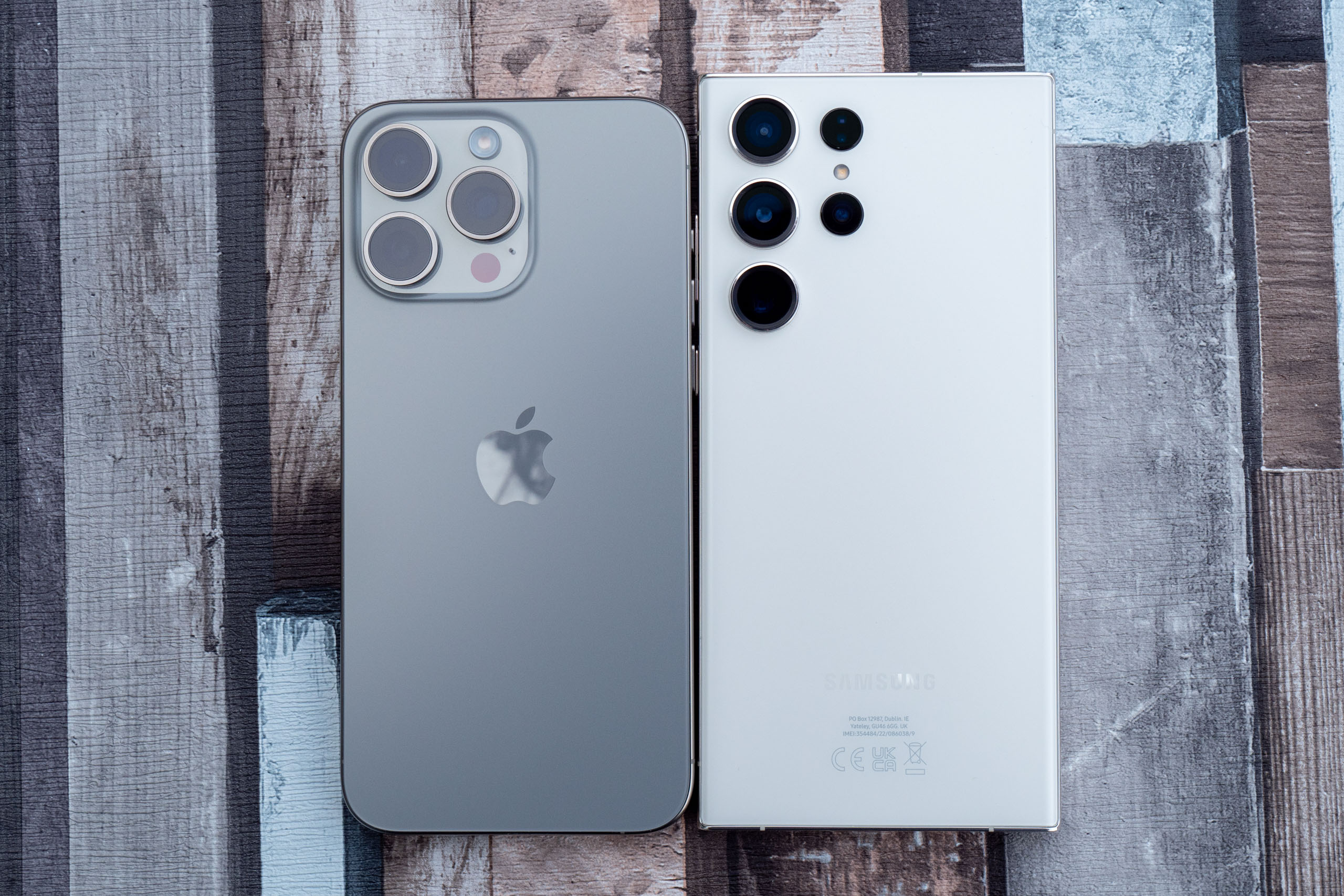The rivalry between Samsung and iPhone has defined the modern smartphone landscape, captivating consumers with their cutting-edge technology, sleek designs, and innovative features. As two of the most prominent players in the market, Samsung and iPhone, the flagship product of Apple, have consistently set the bar for mobile excellence. In this article, we’ll delve into the key aspects that differentiate Samsung and iPhone, exploring the strengths, weaknesses, and unique attributes that contribute to the ongoing battle between these tech titans.
Design and Build Quality:
Samsung:
Samsung is renowned for its commitment to sleek and modern design. The Galaxy series, in particular, boasts elegant curves, vibrant displays, and high-quality materials. Samsung has embraced diversity in design with various models offering different form factors, such as the Galaxy S series for traditional flagship designs and the Galaxy Z series for innovative foldable options.
iPhone:
Apple’s iPhone has long been hailed for its iconic design philosophy. With a focus on simplicity, premium materials, and a seamless integration of hardware and software, the iPhone exudes a minimalist elegance. Apple consistently introduces new color options and materials, and each iPhone iteration maintains a recognizable design language that appeals to a global audience.
Operating System and User Interface:
Samsung:
Samsung predominantly uses the Android operating system, customized with its own skin known as One UI. One UI offers a user-friendly interface with features like split-screen multitasking, customizable widgets, and an extensive theme store. Samsung’s devices are known for their versatility and the ability to cater to a broad range of user preferences.
iPhone:
The iPhone operates on Apple’s proprietary iOS, known for its intuitive design and seamless integration across Apple devices. iOS is renowned for its simplicity, security features, and the App Store ecosystem. Apple’s commitment to providing a consistent user experience across its devices has contributed to the enduring popularity of the iPhone.
Performance and Hardware:
Samsung:
Samsung’s flagship devices are equipped with powerful processors, vibrant Super AMOLED displays, and cutting-edge camera technology. The Galaxy S and Note series, in particular, are known for their high-performance specifications, catering to users who prioritize top-of-the-line hardware.
iPhone:
The iPhone, powered by Apple’s custom-designed chips, consistently delivers high-performance standards. Apple’s A-series chips are optimized for seamless integration with iOS, ensuring smooth multitasking, efficient power management, and optimal performance. The iPhone’s camera capabilities, along with advancements like the A15 Bionic chip, continue to set industry benchmarks.
Ecosystem and Integration:
Samsung:
Samsung has been expanding its ecosystem with products like smartwatches, tablets, and smart home devices. The integration across these devices is facilitated by the Samsung Galaxy ecosystem, allowing users to seamlessly switch between devices and share content through features like Samsung Flow.
iPhone:
Apple has long been celebrated for its ecosystem approach, where iPhones, iPads, Macs, Apple Watches, and more work seamlessly together. The Apple ecosystem is characterized by features like AirDrop, Handoff, and iCloud, offering users a cohesive and interconnected experience across their Apple devices.
Customization and Flexibility:
Samsung:
One of the strengths of Samsung devices lies in the customization options available to users. With Android’s open-source nature and Samsung’s One UI, users can personalize their devices extensively, from changing themes to utilizing various widgets and app icons.
iPhone:
While iOS offers a more controlled and uniform experience, recent updates have introduced increased customization options. Users can now add widgets to their home screens, change app icons, and personalize their devices to a greater extent, although not as extensively as the Android platform.
Price Range and Accessibility:
Samsung:
Samsung caters to a wide range of consumers with devices spanning various price points. From budget-friendly options like the Galaxy A series to premium flagships like the Galaxy S and Note series, Samsung offers a diverse portfolio, making its technology accessible to a broad audience.
iPhone:
Apple traditionally positioned itself as a premium brand, with flagship iPhones typically at higher price points. However, recent iPhone releases, like the iPhone SE and iPhone Mini, demonstrate Apple’s efforts to address a wider audience by offering more affordable options without compromising on performance.
The Samsung vs. iPhone rivalry continues to shape the smartphone landscape, offering consumers a diverse array of choices based on their preferences, priorities, and ecosystems. Samsung excels in providing a range of devices with diverse features, customization options, and accessibility, while iPhone stands out for its iconic design, seamless ecosystem, and commitment to a premium user experience. Ultimately, the choice between Samsung and iPhone often comes down to individual preferences, brand loyalty, and the specific features that users prioritize in their smartphones. As technology continues to advance, both Samsung and iPhone are likely to push boundaries, introducing new innovations and features that will keep the competition and consumer excitement alive in the years to come.

